
The Netherlands—in particular Amsterdam—holds a special place in our hearts. Someone dear to us died there, far before her time and under mysterious circumstances. We dedicate this late September episode to the sixth anniversary of her passing. If you would like more details about the mysterious death of this young woman, read Death in Amsterdam by Patricia Simpson. It’s a true account of the crime.

The Human Sacrifice of Singraven Manor

The Singraven country estate is first recorded in 1381 as an agrarian farmstead owned and leased by the Bishop of Utrecht. Over the centuries, Singraven changed ownership several times. The first country house was built in 1415. One source claims the current stately home, a grand neoclassical affair, was built in the second half of the 17th century by the aristocratic Sloet family. In looking at this building, it appears more like an 18th century building. If it was built in the 1600s, it must have been ahead of its time…
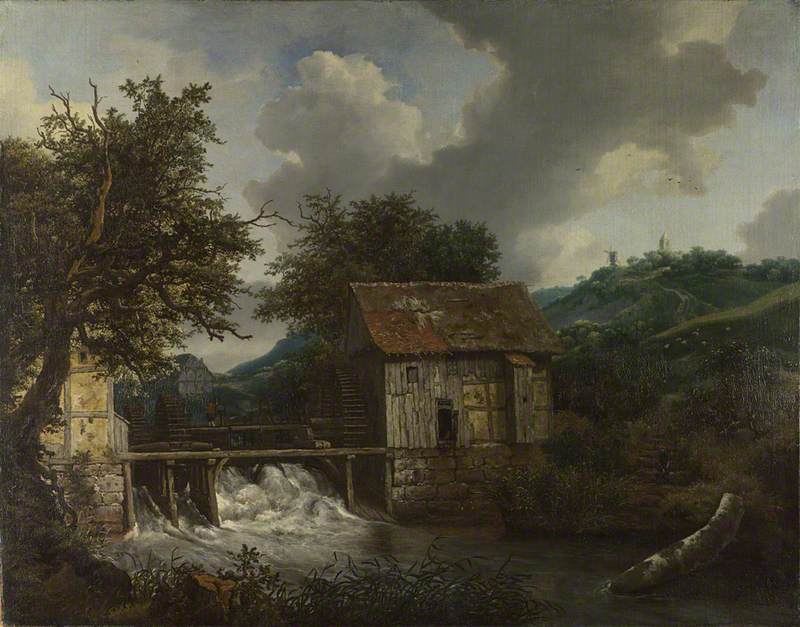
As to the paranormal aspect of the manor, for a brief period in the early 1500s, Singraven Manor was the residence of Franciscan nuns. Apparently, a nun was bricked up alive as a building sacrifice.
In the not so distant past, human sacrifices were made during the construction of houses, shrines, and other buildings, and in the laying out of villages. In Japan, this practice was known as Hitobashira (or “human pillar”). The purpose of human sacrifice was to consecrate the ground by establishing the beneficent presence of a sacred order or to banish demonic powers.
After the nun’s gruesome death, misfortune and unhappiness began to plague the property.
- Owners and their family members died young, suffered serious financial trouble or were victims of fatal accidents.
- One of the owners was burned alive after an oil lamp fell over and set him on fire.
- The last owner, Willem Frederik Jan Laan, donated the estate to a foundation. It is now a museum that displays art and antique collections acquired by Laan.
How It’s Supernatural:
The spirit of the nun appears to predict disaster and shame.
Go There:
Denekamp, Netherlands
The Blue Lady of Hoensbroek Castle
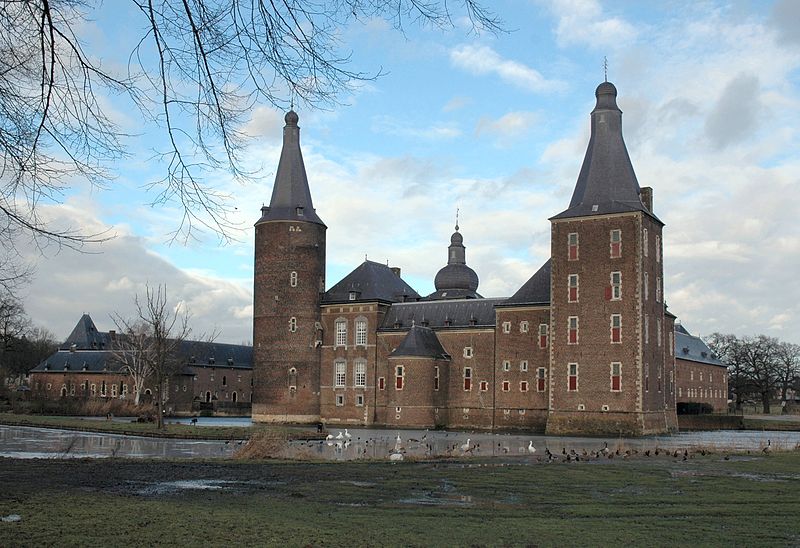
Hoensbroek Castle or Gebrook Castle with its sixty-seven rooms, hallways and living quarters, is one of the largest castles in the Netherlands. It’s located near the southern part of the country. The architecture has a definite French influence, with square features, quoins and tall conical roofs. The oldest part of the castle—the tall round tower—dates from around 1360, when it was built by Herman Hoen over a motte and bailey fortress that had been erected in a swamp (broek means “swamp”, hoens means “fowl”).
The family Van Hoensbroeck left the castle at the end of the 18th century, after which the property entered a period of decay. Count Frans Lothar sold the castle in 1927 to the present day owners, the foundation Ave Rex Christe. It was thoroughly restored between 1930 and 1940. In 1945, the castle was used to house war orphans who were cared for by Carmelite Sisters. From 1951 to 1973 the writer-poet Bertus Aafjes lived in parts of the castle. In the period 1986–1989 another restoration took place. Since then it has become a popular museum.
Why It’s Supernatural:
- The Ghost of the Blue Lady – Two children died and were buried within the castle, but the burial site was hidden from the mother. She now wanders the castle looking for their graves.
- Workers at the castle claim the Blue Lady has appeared to them at night.
- A security guard claimed that he has heard her moving chairs about in one room.
- All the castle walls but one are found to be solid if one knocks on them. Some people believe this is where the two children are buried. You have to wonder what went on with these poor children to make someone hide their bodies from their mother. Spite? Or was someone hiding a horrific crime from her? Why wasn’t she with them when they died?
Go there:
Hoensbroek, Netherlands
Duivenvoorde Castle
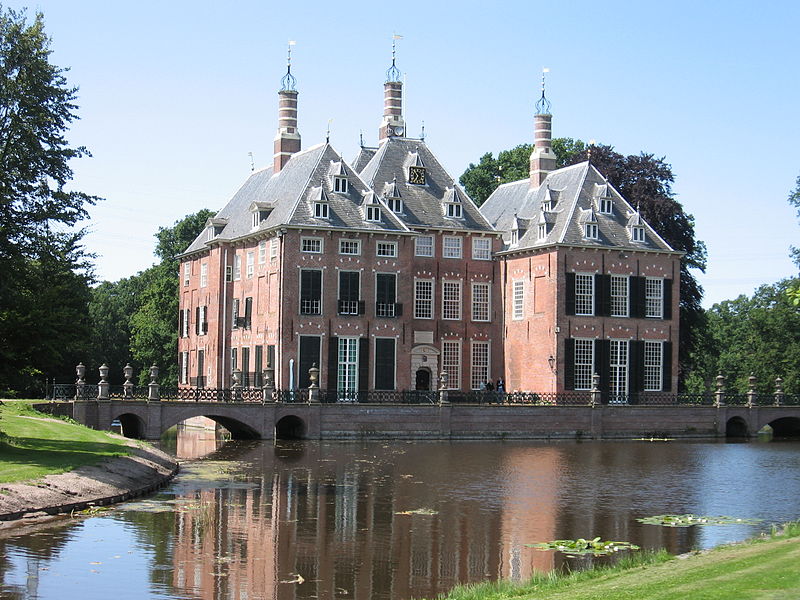

Duivenvoorde Castle stands in the town of Voorschoeten (Dutch for “to pay money in advance”), in the south of the Netherlands The name Duivenvoorde comes from the rivers that once flowed on either side of the property, the Duve and the Voor. The castle was first mentioned in 1226, which makes it one of the oldest castles in the area.
This property is unique in the fact that it has never been sold, which can’t be said of many other Dutch castles. Or any castles. A single family owned it for 800 years. For the first five centuries, the castle was owned by the van Duivenvoordes, then known as the van Duvenvoirdes. They were a family of knights and held important positions at court.
The last private owner of the castle was Ludolphine Henriette, Baroness Schimmelpenninck van der Oye (1891-1965). Because of succession charges, she knew the castle and all its collections would be sold upon her death. So she decided to leave the castle in the care of a foundation that would restore it—probably a good idea, since one source claims the castle had no running water or electricity until the 1960s.
While part of the castle is currently laid out like a typical museum, two of the wings are designed to show how people lived in the 18th century, as if the family were merely away on a holiday. When a visitor walks through these rooms, they step back in time. These wings are probably rife with paranormal experiences. You can tour this castle from April to October, but you have to arrange for a tour guide.
The south wing is still inhabited; Ludolphine Emilie van Haersma Buma, Baroness Schimmelpenninck van der Oye, has lived there since 2003. Her brother lives in the castle’s garden house.
Why It’s Supernatural:
- Local residents say there is a strange energy around the place.
- Photos taken at night often contain orbs.
Go there:
Voorschoten, Netherlands – A day trip from The Hague
A Pact with the Devil at Waardenburg Castle
Waardenburg Castle was built after Count Otto II of Guelders pledged the manor of Waardenburg in 1265 to a knight named Rudolph de Cock. The knight built a wooden tower, which was followed by a stone tower that remains to this day. His son and grandson turned the tower keep into a full castle. This property is privately owned and people live there. But the most famous resident was reportedly Dr. Faust.

Doctor Faust
- Alchemist, physician and astrologer of the mid-1500s.
- Was often run out of a town as a charlatan.
- Was given a teaching position and fired for allegedly debauching his male students.
- Obviously frustrated, Faust set out to prove himself and managed to raise the Prince of Darkness in a forest outside Wittsburg. There, he made a pact with the devil. Allow him an unlimited capacity for knowledge and the freedom to pursue any worldly pleasure he desired for a period of time (some sources say seven years, some twenty-four), and he will give his soul to the devil.
- The devil agreed and gave him a dog as a familiar, which some say could turn into a human servant. After sixteen years, Faust began to regret the pact, but Satan urged him to renew it. The devil conjured up Helen of Troy, with whom Faust fathered a son. Apparently that affair renewed his lust for the dark side.
- At the conclusion of the pact, the devil came for Faust. Some sources claim Faust died in an explosion and his corpse, though turned face up numerous times, would always turn face down. Other sources say the devil attacked Faust in his bedchamber at Waardenburg Castle, leaving blood and brains all over the walls and his eyeballs on the floor. Then the devil hauled the good doctor’s body to the top of the tower of Waardenburg Castle and threw it to the ground, where it splattered. Apparently the bloodstains still mark the ground and can’t be scoured away.
Why It’s Supernatural:
- Strange sounds and voices are heard.
- Cold spots.
- Objects move in mysterious ways.
Go There:
Waardenburg, Netherlands
The Dark Days of Dam Square


Dam Square is the historical center of Amsterdam, built over the site of an ancient dam on the Amstel River that dates back to 1270. The large square is flanked by the Royal Palace and Nieuwe Kerk (“New Church”). In the center of the square is the War Memorial, a large white pillar erected to honor WWII victims.
This stately square has been the site of many deaths. Public executions were held here. Accused witches and heretics were burned at the stake during the Spanish Inquisition. A mass shooting at the end of WWII by German soldiers in 1945 left up to thirty-three dead.
Why It’s Supernatural:
- People claim tortured souls wander the square at night.
Go there:
Amsterdam, Netherlands
The Wicked Sister of Ghost Alley
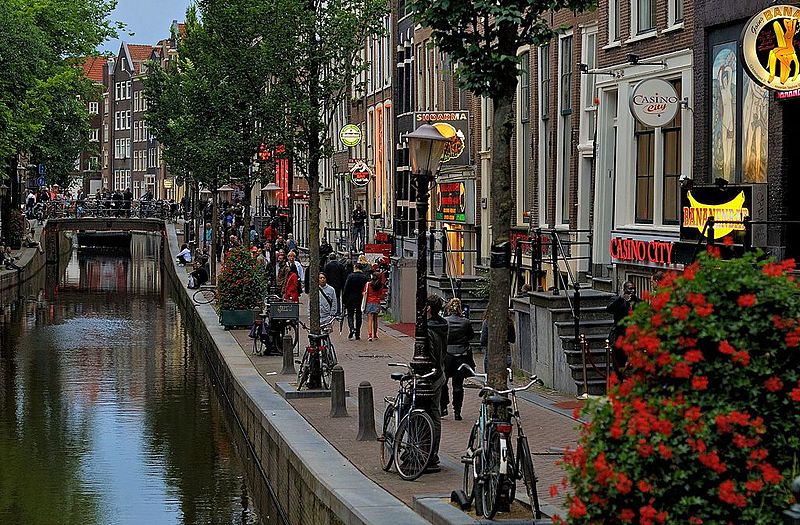
Spooksteeg means “ghost street” or “ghost alley.” This particular alley is located in the Red Light District, one of the oldest sections of Amsterdam. And our particular story takes place there in the 18th century.
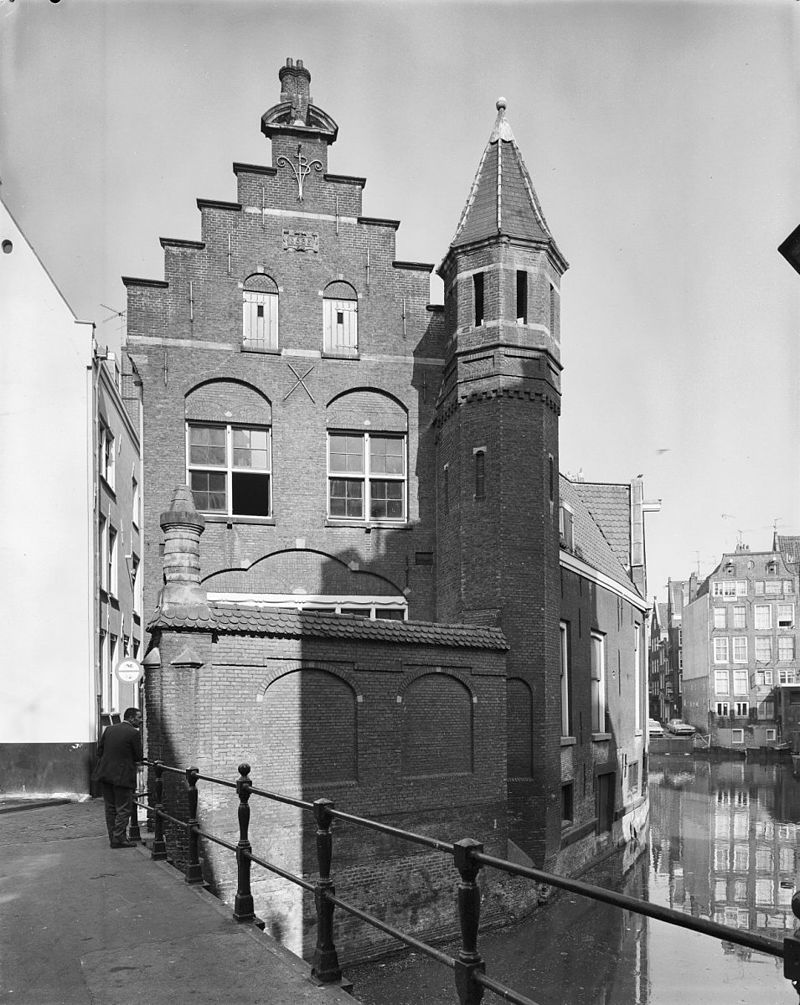
According to local legend, there were two sisters, Helena and Dina, who lived with their father, a tanner on Spooksteeg. Dina fell in love with a handsome sailor. Apparently, so did Helena.
When Dina announced her plans to marry the sailor, Helena flew into a jealous rage. She pushed Dina down the stairs into the tannery cellar. One version of the story claims that Helena beat her sister first and then pushed her body down the stairs to make the murder look like an accident. A second story claims that Dina died as a result of her fall, and perhaps Helena didn’t mean to actually kill her. In Taking into consideration sisterly rivalry, it is difficult to determine what actually went on with this menage a trois.
Not surprisingly, Helena ended up marrying the handsome sailor instead of Dina. But on her deathbed in 1753, Helena confessed to what she had done and said she had spent a lifetime consumed by guilt. Could Handsome Sailor ever forgive her? Instead of forgiving, her husband cursed her soul for all eternity. So Helena’s spirit can never find peace.
Why It’s Supernatural:

- Screams can still be heard at the site of the murder.
- People often see Helena in the alley near the former site of the tannery.
- Two women reported seeing a portrait of a woman with an actual tear running down her face at a brewery near the site.
Go There:
Spooksteeg, Amsterdam, Netherlands
Blood Street: What’s in a Name?

Bloedstraat, also in the Red Light District, or De Wallen, is a short alley connecting Nieuwmarkt to the canal. This small byway is reported to be the most haunted place in Amsterdam. The name Bloedstraat comes from the blood of executed prisoners that drained down the street into the canal. Talk about a red tide…

Paranormal activity at this spot is also attributed to the Franciscan monastery that once stood here. It was used in 16th century by the bloedraad (“Council of Blood” or the more palatable “Council of Troubles”) headed by the Duke of Alba. The Council of Blood decided the fate of accused heretics, who were almost always sentenced to execution.
Why It’s Supernatural:
Spirits of those killed are said to roam the alley.
Go There:
Nieuwmarkt and Bloedstraat, Amsterdam, Netherlands



